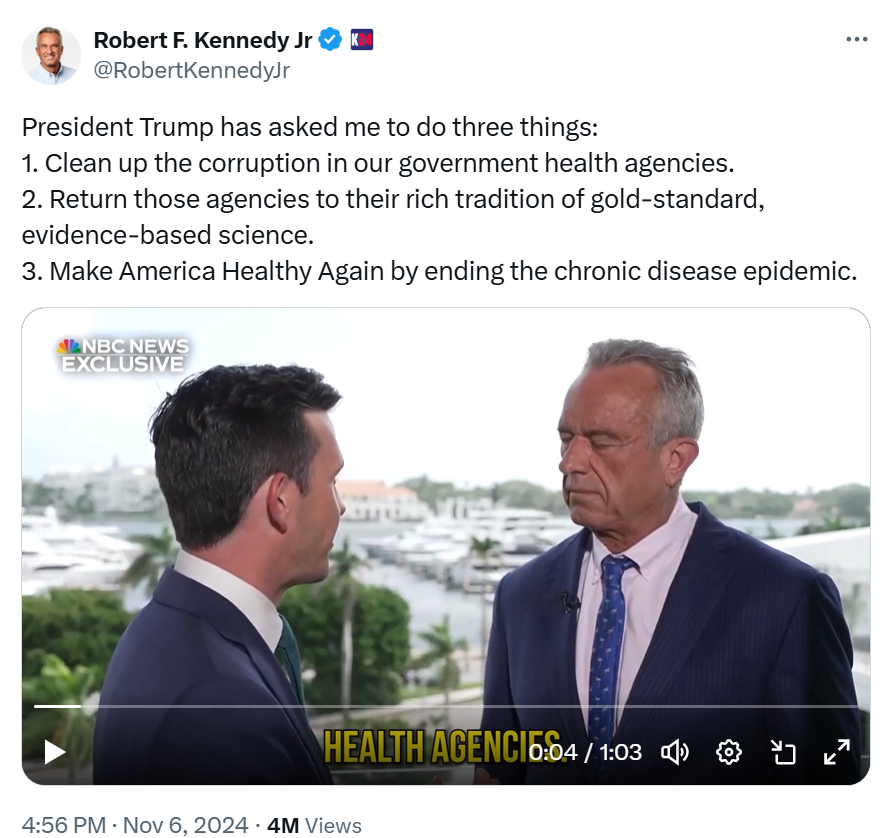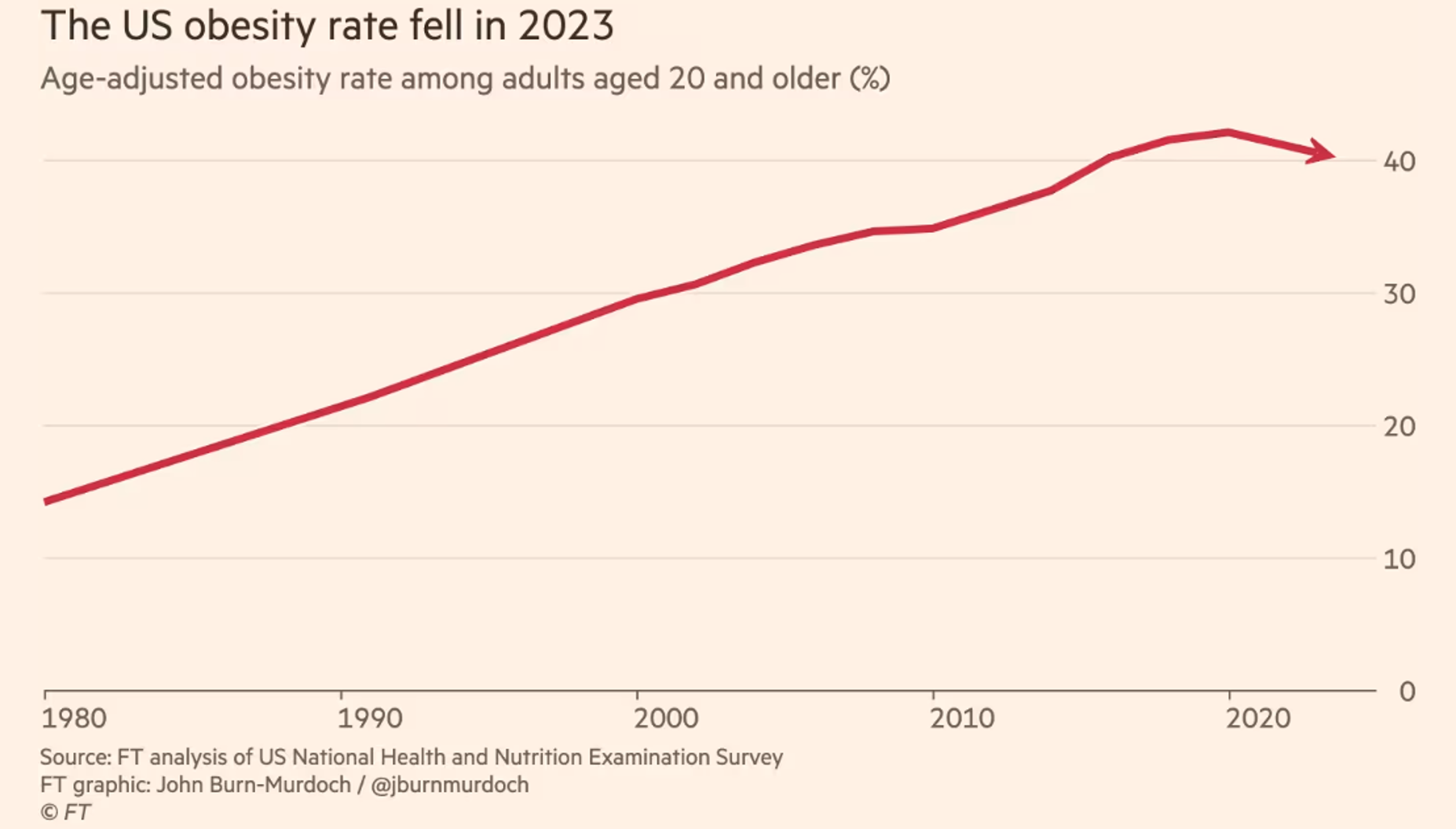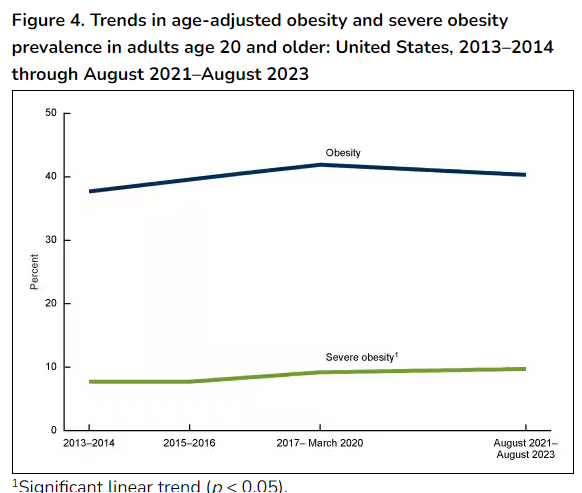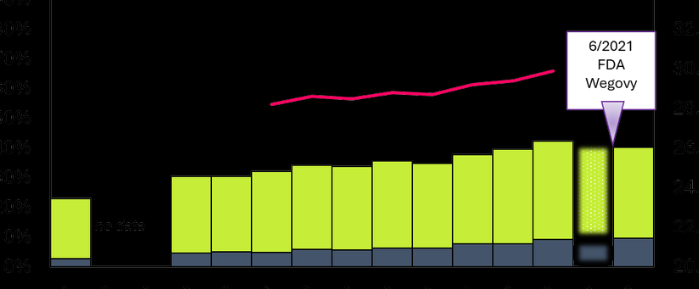The President’s MAHA Commission
The White House has announced the formation of a President’s Commission on Making America Healthy Again
It will be chaired by newly confirmed HHS Secretary Robert F. Kennedy Jr, and according to the The MAHA Commission Fact Sheet “is tasked with investigating and addressing the root causes of America’s escalating health crisis, with an initial focus on childhood chronic diseases.”
The Commission will include representatives of relevant agencies. It is to:
- Produce a Make our Children Healthy Again Assessment within 100 days.
- Submit a Make our Children Healthy Again Strategy within 180 days.
Comment
Whew. I can’t wait to see what this Commission comes up with. But it sounds like nothing will be done, actually, for at least six months.
Oh. Wait! I’m having a deja vu. Didn’t we already do this?
Isn’t this just what Michelle Obama’s Let’s Move initiative did in 2010?
- Recall: White House Task Force on Childhood Obesity Report to the President: Solving the Problem of Childhood Obesity Within a Generation.
- Also recall: Republicans pushed back so hard on this that hardly any of it could be accomplished.
- And: President Trump opposed her initiatives as late as 2017.
Don’t get me wrong. I am totally for doing this and hope the Commission takes its mandate seriously.
Let’s Move got pushback for trying to take on the food industry. If RFK, Jr’s Commission can do this, it will deserve much applause.
As always, stay tuned.







